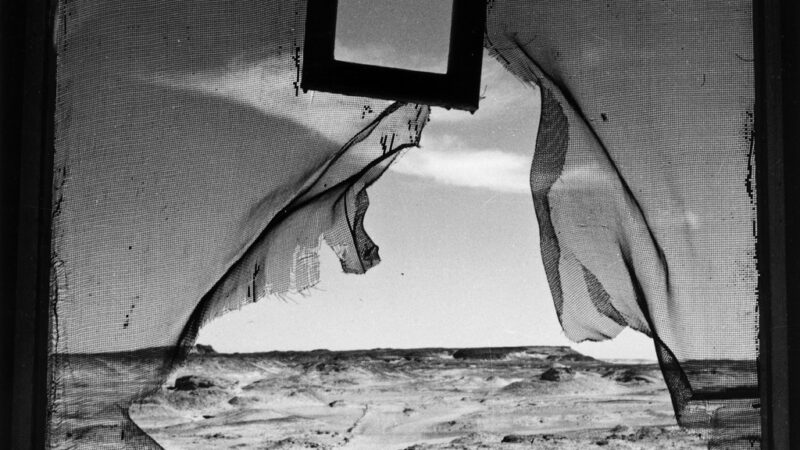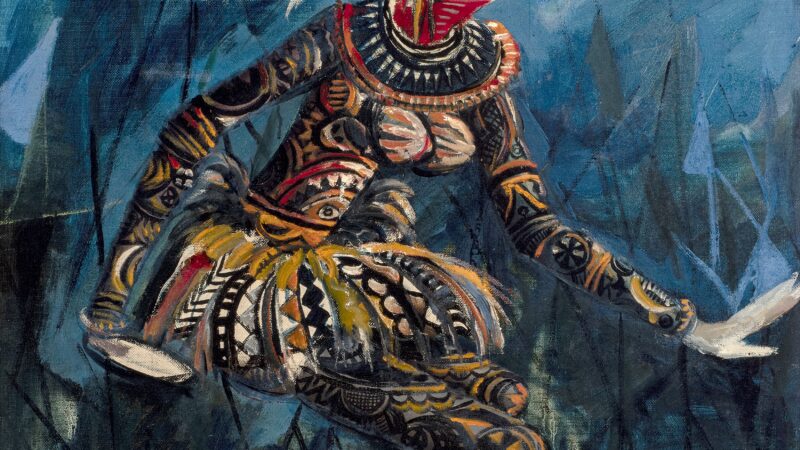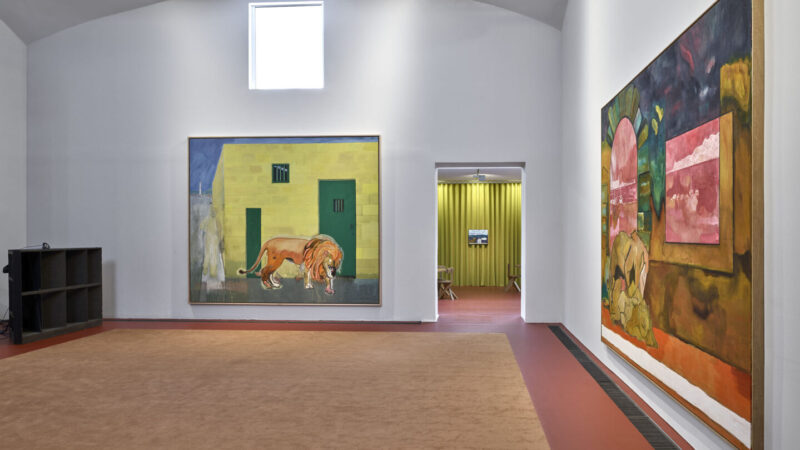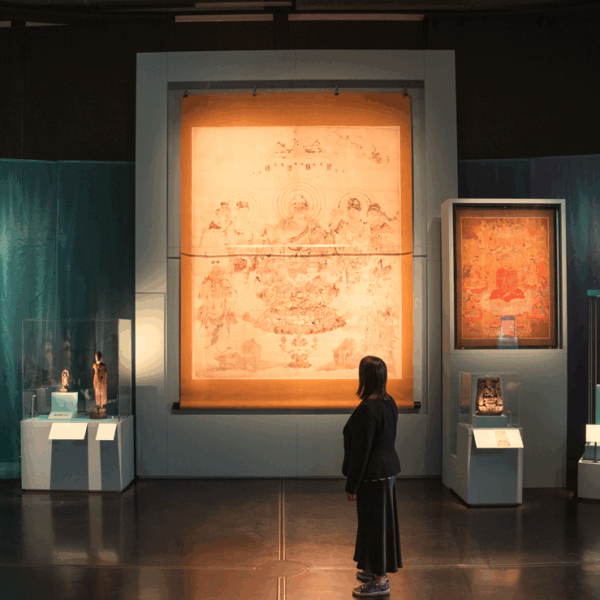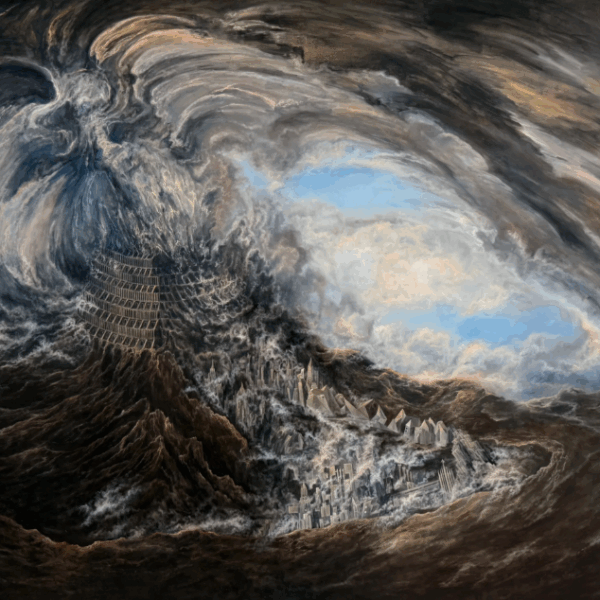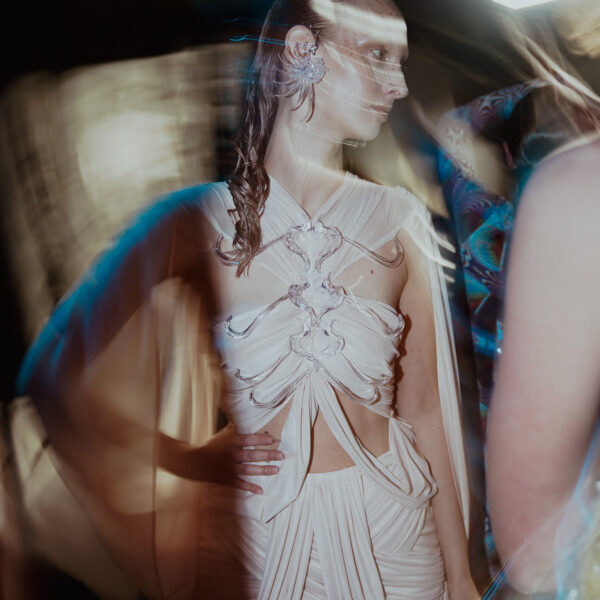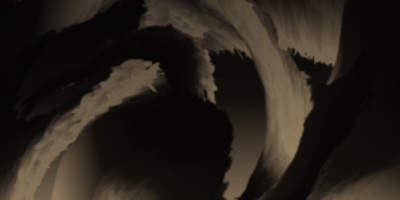Emma Amos | Alison Jacques
The figures that populate Emma Amos’s canvases rarely sit quietly for the viewer. They either return the gaze with a kind of knowing defiance or else turn away, absorbed in the dynamic weight of expectations imposed by race, gender, and class.
There is poise in their gestures, but also resistance. In Amos’s hands, style becomes strategy — a way of undermining domestic conventions and patriarchal ideals of beauty, while affirming presence and individuality. Her works feel as much like challenges as invitations, pressing against stereotypes even as they draw the eye with colour, texture, and movement.
Amos was born in Atlanta in 1937, into a middle-class Black family whose home became a meeting ground for intellectuals and artists such as Zora Neale Hurston, W.E.B. Du Bois, and Hale Woodruff.
Artistic talent showed itself early, and though nurtured, it unfolded against the backdrop of the segregated South. Racial barriers were never abstract to her; they were lived realities, shaping her trajectory from the beginning.
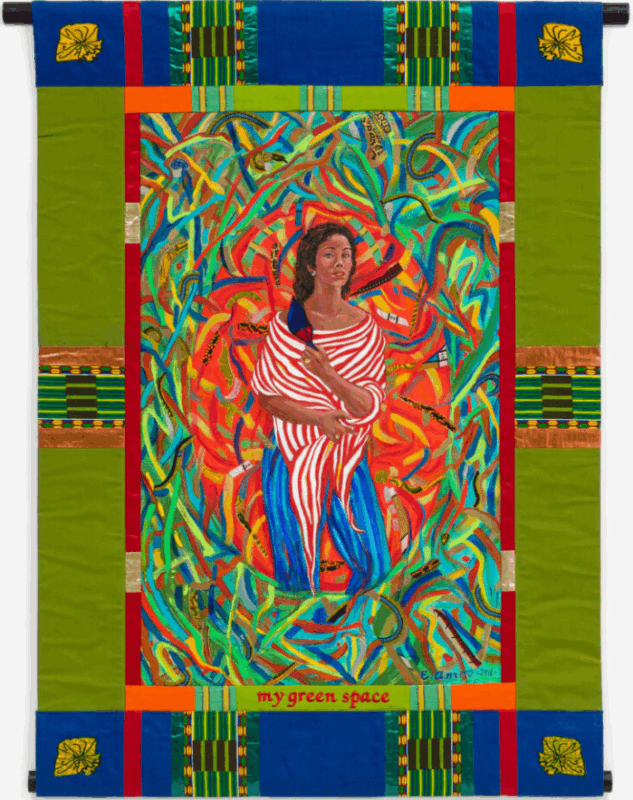
My Green Space, 2011 Acrylic on canvas, African fabric borders © Emma Amos
She studied at Antioch College before spending a transformative year in London at the Central School of Art, where she immersed herself in painting, weaving, and printmaking. London gave her the freedom to explore new artistic languages that the U.S. had not afforded her.
In the 1960s she returned to America, working as a designer and rug weaver for Dorothy Liebes while continuing her private practice. It was during this period that she became the youngest and only woman invited into Spiral, the collective of Black artists that included Romare Bearden and Norman Lewis.
For Amos, the studio was always a battleground as much as a sanctuary. “For me, a Black woman artist, to walk into the studio is a political act,” she once declared — a statement that resonates as powerfully now as it did when she first uttered it.
Her politics extended well beyond her paintings. Amos contributed to Heresies, the feminist art journal that foregrounded voices like Adrian Piper and Ana Mendieta, and she was an early member of the Guerrilla Girls, the anonymous collective that continues to hold the art world accountable for its inequities. She understood that visibility — whether of artists or their subjects — was never neutral, and she refused to separate art-making from activism.
As teaching opportunities offered stability, Amos eventually became a professor at Rutgers University, where she influenced generations of young artists. Yet her practice never lost urgency.
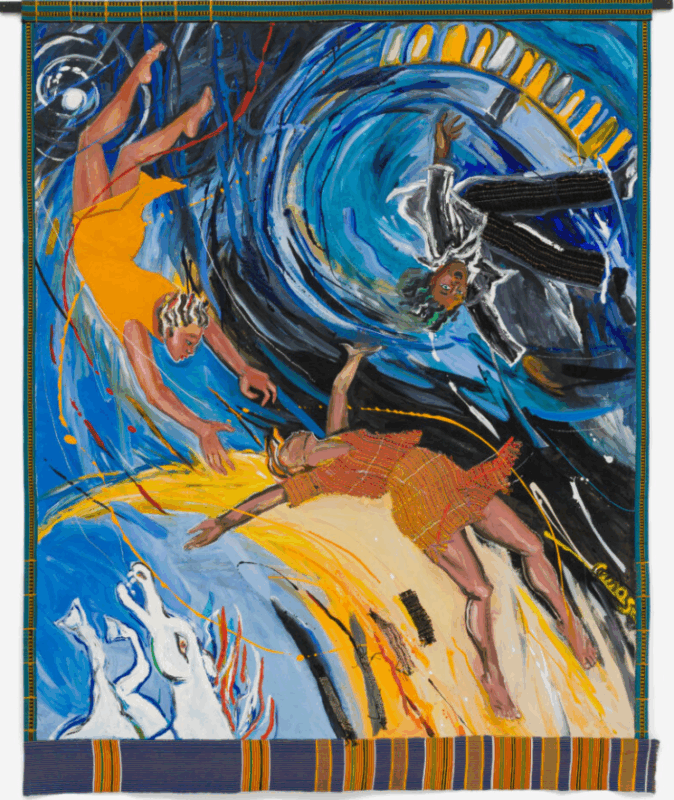
Untitled, 1988 © Emma Amos
Throughout her career, she pushed against boundaries — layering paint with African textiles, juxtaposing silkscreens with woven borders, inserting self-portraits into charged cultural scenes. Works such as Dancing in the Streets (1986) or Mrs Gauguin’s Shirt (1994) epitomize her fearless blending of materials and histories, collapsing distinctions between fine art and craft, personal experience and collective struggle.
Her canvases often place herself in the frame: as artist, mother, wife, and, at times, as a kind of superhero figure burdened with impossible expectations. This self-insertion was not merely autobiographical but polemical — a way of asserting the Black female body as a site of agency, contradiction, and power.
Recognition, frustratingly slow during her lifetime, has gathered momentum since her passing in 2020. Major institutions now count her works among their collections, and exhibitions like the one at Alison Jacques Gallery in London — her first UK solo show — underscore how vital her practice remains. Encountering her works today, their force feels undiminished. They are complex, dazzling, politically sharp, and profoundly human.
Emma Amos refused to be confined, whether by canvas edges, social categories, or institutional blind spots. Her legacy lies not only in the richness of her art but also in the way it insists that identity itself is never fixed but woven, layered, and in constant motion.
Her vision is revisited in her first major UK exhibition, which displays decades of restless but radical practice in its unflinching power.
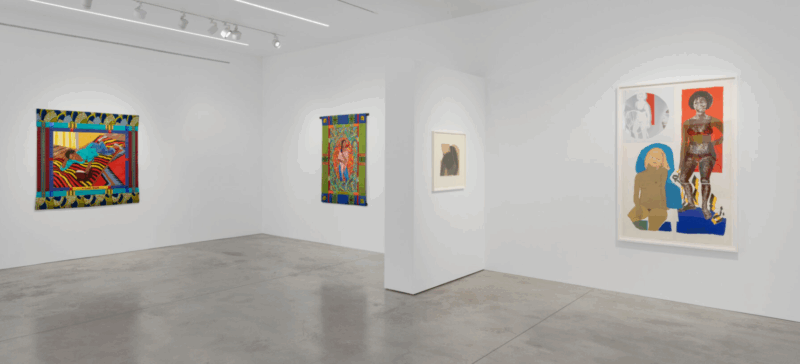
Through to 27 September.
All images courtesy of Alison Jaques Gallery.


